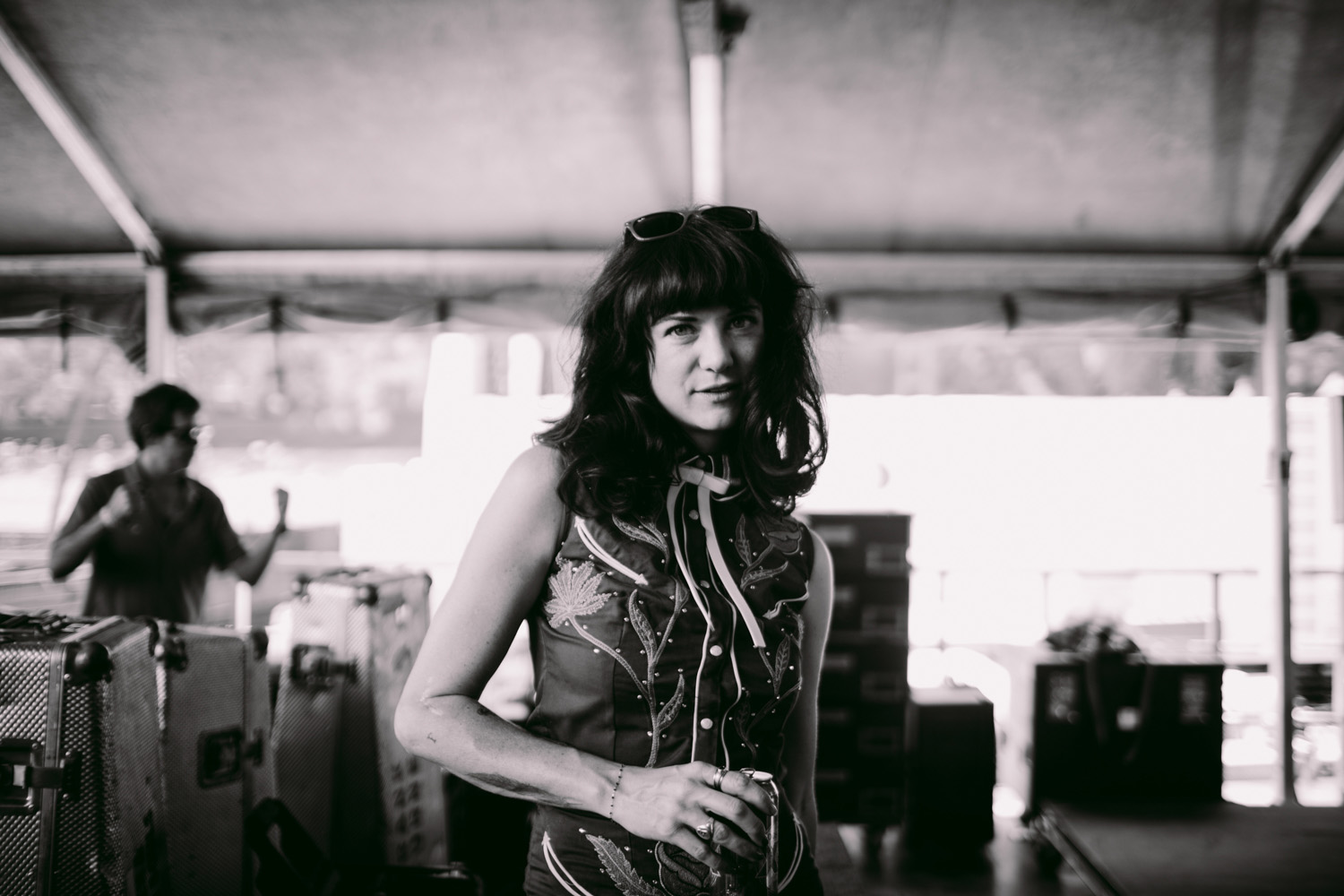Happy #TravelTuesday to you all, from me, Dave Williams. Today I want to pull inspiration from a legend, Mr Dave Clayton, in a little tip post. More on that shortly, though. First on the agenda is this: –
Mimo Meiday, Scott Kelby, Rome! Come on! Thats some serious education and banter right there!
Next up – the Worldwide Photowalk! It’s October 6th, and it’s everywhere! Get yourself signed up to the world’s largest social photography event!
And third, linking in with today’s subject matter, there’s a brand new class on KelbyOne by Dave Clayton! It’s Dave’s Top 25 Photoshop Tips For Designers. Go check that out!
So, here’s the real deal – the whole point of today’s post – lines!
The reason behind this topic today is that Dave Clayton has it all absolutely bang on the mark. Whether you’re a photographer (shoots) or a designer (draws) you’re a visual artist. All of us visual artists have one common goal. We want to create an image and give it impact. The difference, perhaps, is the canvas. Where a photographer starts with a full canvas, which is the scene ahead, and has to decide how to make a composition from that and what parts of that scene stay and what goes, the designer generally starts way over at the opposite end with a blank canvas and constructs their ‘scene’ from nothing. In either case, from either starting point, the two roles will meet at the end point.
The graphic designer will create their own vectors and arrange their own composition, but the job of the photographer is to use what you’ve got already in place and position it (and position yourself) to create the scene. We bring order out of chaos. We arrange elements in front of us. We evaluate the scene and generally, perhaps without even realising, we utilise rules and elements of design to create the image.
Once you realise what the common elements of design are and you begin to actively look for them, you may be surprised at how often you’ll see them in the world around you! It’s one of those which I want to talk to you about today…
Lines
Lines are the Billy Basic, the rule numero uno, the fundamental. Lines are what direct us in real life, and what direct us in imagery. They give our viewer a path to follow across the image we’ve made, and understanding the sheer power of lines in both graphic design and photography will give you an edge in your photography.
Different lines have different uses and effects.
Leading lines are the ones we hear about time and time again. Leading lines can come from almost anywhere and they lead our viewers eye to the focus point or the main subject of our image.
Vertical lines portray strength and grandeur. They’re tall trees, towering skyscrapers, mighty waterfalls, and they give our image a sense of power!
Horizontal lines are our horizons and they’re calming. They exude a sense of peace.
Diagonal lines often represent movement and energy. They’re roads, train lines, and they’re fast!
Curved lines are the (excuse me) curve ball! They’re bridges, arches, spirals, and they take the viewers eye on a journey through the image.
Ladies and Gents, lines in our imagery have power in photography just as they do in graphic design, and I implore you to learn more about graphic design and translate those skills into your photography. You’ll thank me, and you’ll certainly thank Dave Clayton when your image is more impactive than you ever thought it could be!
For now, that’s that
Much love
Dave





1 comment